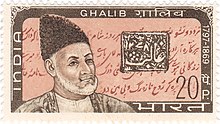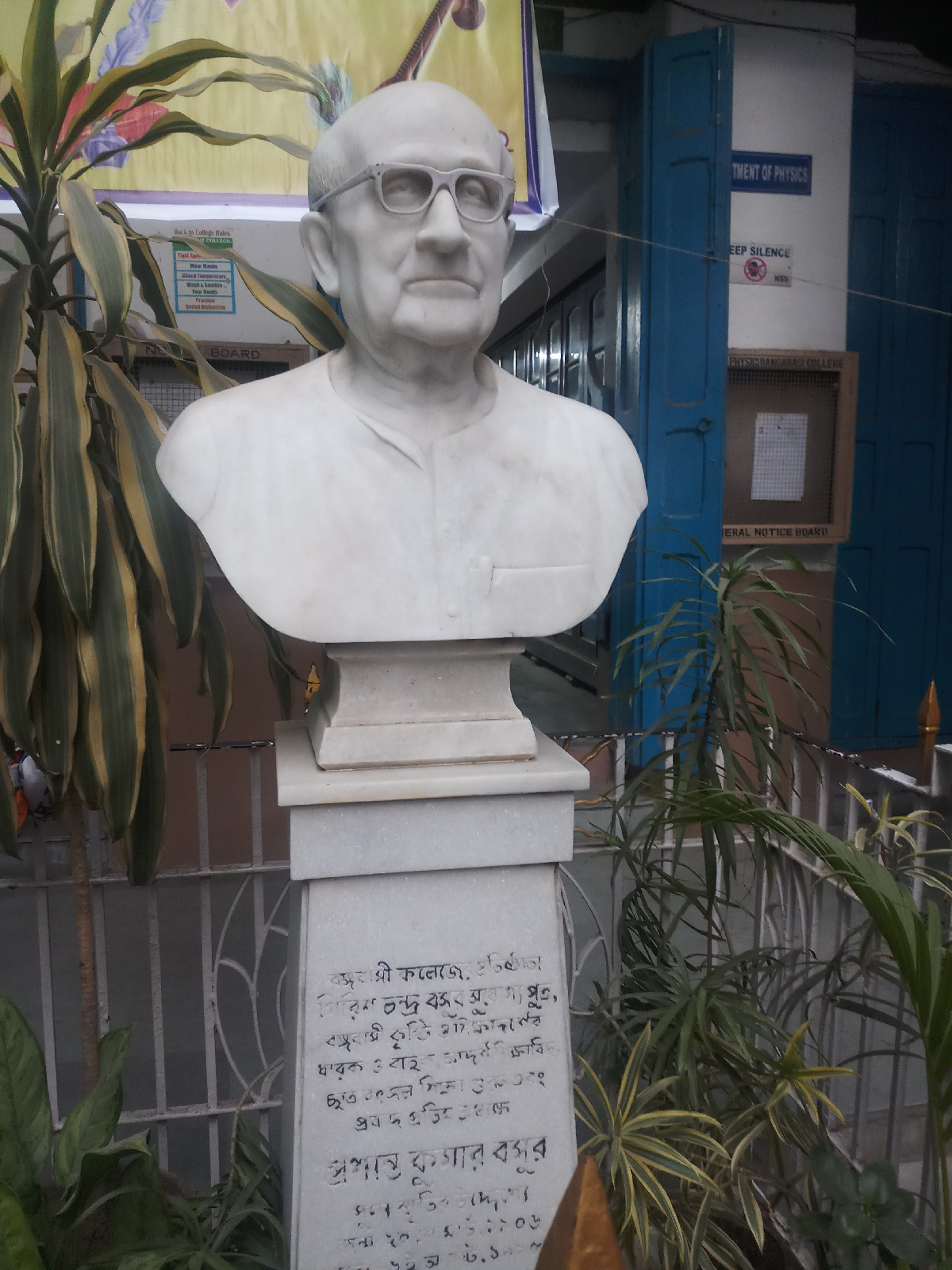Mirza Ghalib's connections with Kolkata
- Mirza Asadullah Baig Khan (27 December 1797 – 15 February 1869) also known by the pen names of Ghalib and Asad was an Indian poet who wrote in Urdu and Persian and is renowned for his work Dabir-ul-Mulk, Najm-ud-Daula.
- His works describes the fall of the Mughal empire, the establishment of the British East India Company Rule and the Sepoy mutiny – the political scenario during his lifetime.
- Mirza Ghalib was born in Kala Mahal, Agra into a family of Mughals who moved to Samarkand (in modern-day Uzbekistan) after the downfall of the Seljuk kings. At the age of thirteen, Ghalib married Umrao Begum, daughter of Nawab Ilahi Bakhsh and settled at Delhi.
- He visited Kolkata to appeal to the East India Company to restore the full pension in lieu of his family estate annexed by the British.
- Ghalib had left for Kolkata on November 1826 and reached the capital of British India in February 1828. In one of his couplets, he had written: “Triumphant we reached Calcutta and washed away the scar of distance from loved ones with wine”.
- In his numerous letters from Kolkata, Ghalib has referred to places like Simla Bazar, Gol talab (now Hedua Park) and Chitpur Bazar.
- He is said to have visited visited the Kathal Bagan mosque on Dr Lal Mohan Bhattacharya road (Sealdah) and the Calcutta Madrasah College.
- As per Srijato, who has written on Ghalib “Even today when I read him today, I feel he was way ahead of his times”.
- The highly westernized ambience of the 19th century Calcutta had left a strong impact upon him.
- At the request of Maulvi Sirajuddin Ahmad whom he had befriended while at Kolkata, Ghalib composed ‘Gul-e ra’na’ – a selection that is evenly split between 455 Urdu and 455 Persian verses.
- He left Kolkata in August 1829. Although his petition case remained unresolved, Ghalib cherished fond memories of Kolkata and wrote “One should be grateful that such a city exists. Where else in the world is there a city so refreshing?”
- Indian cinema paid tribute to the legendary poet through a film (in sepia/black and white) named Mirza Ghalib (1954).
- Almost 190 years after Mirza Ghalib visited Kolkata, the city offered tributes in a week-long celebration titled Bayaad-e-Ghalib (Remembering Ghalib), on the International Mother Language Day organised by the West Bengal Urdu Academy.
The legendary poet
Cover Page of Ghalib's Qaat'i-e Burhaan
A page from Ghalib's letters( in his own hand)
The house at Bethune Row
References:
https://en.wikipedia.org/wiki/Ghalib









Comments
Post a Comment